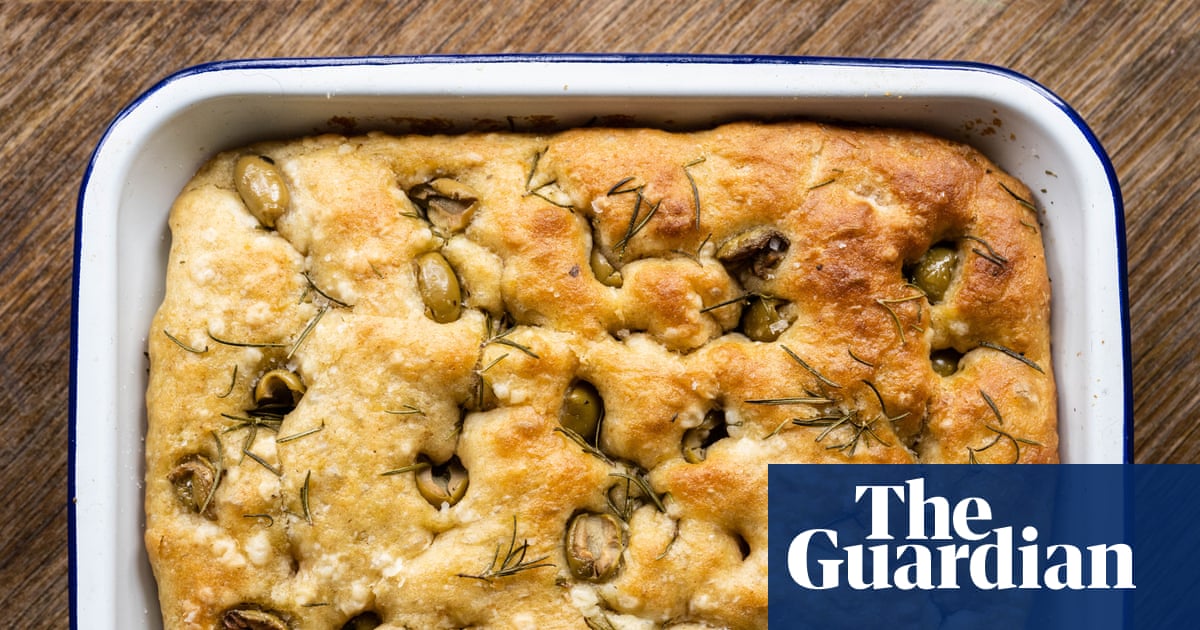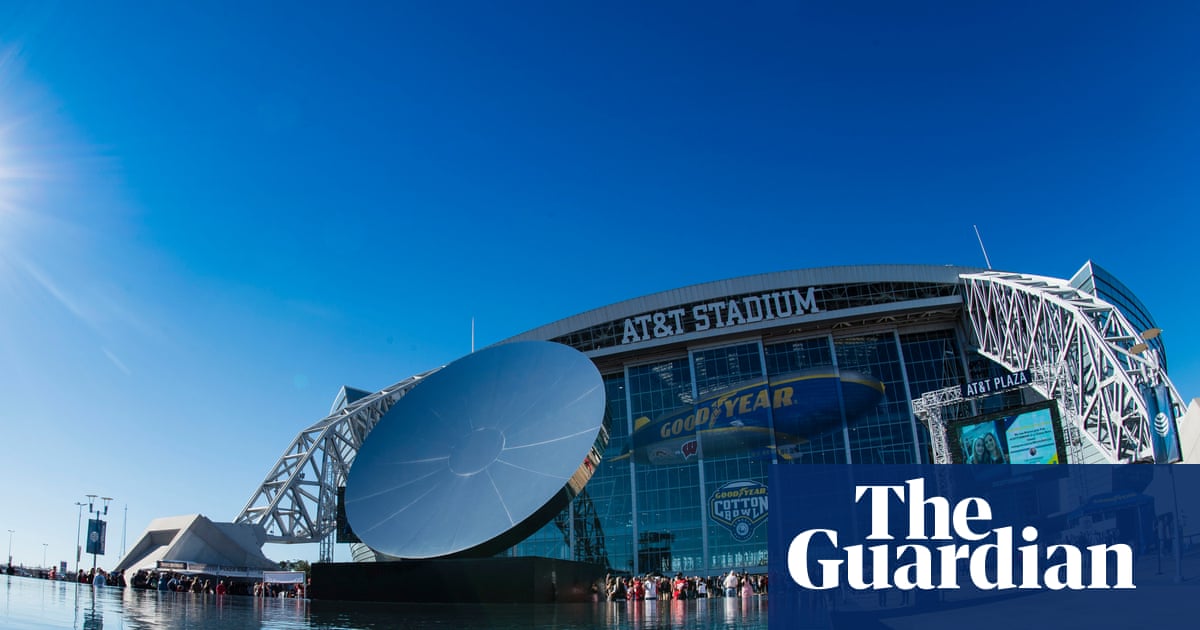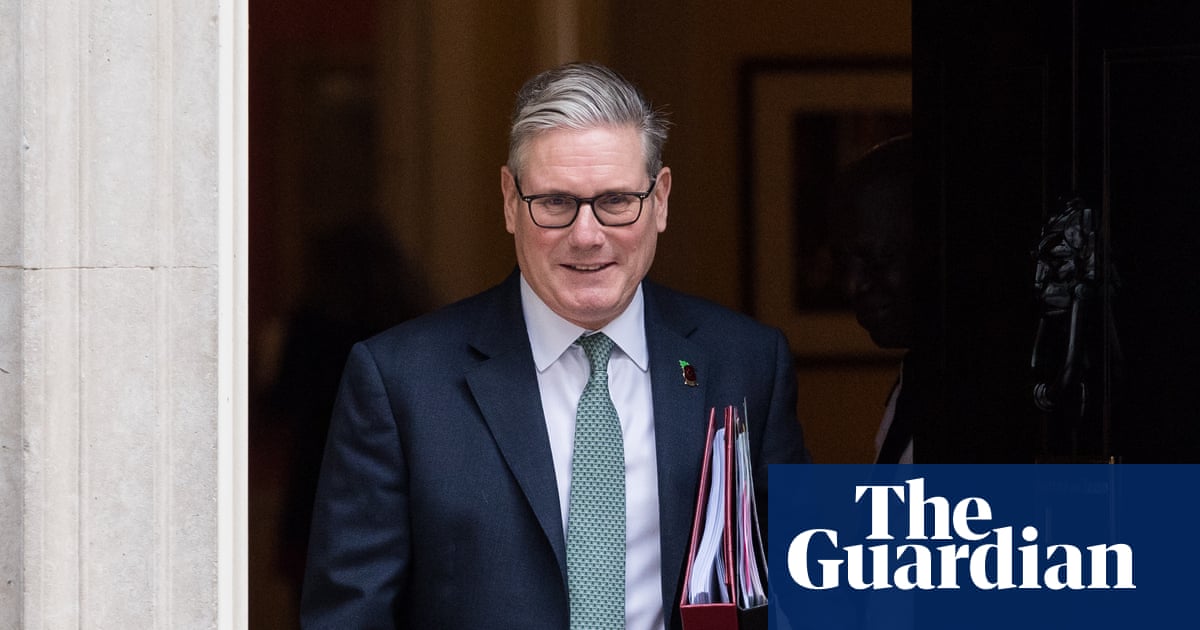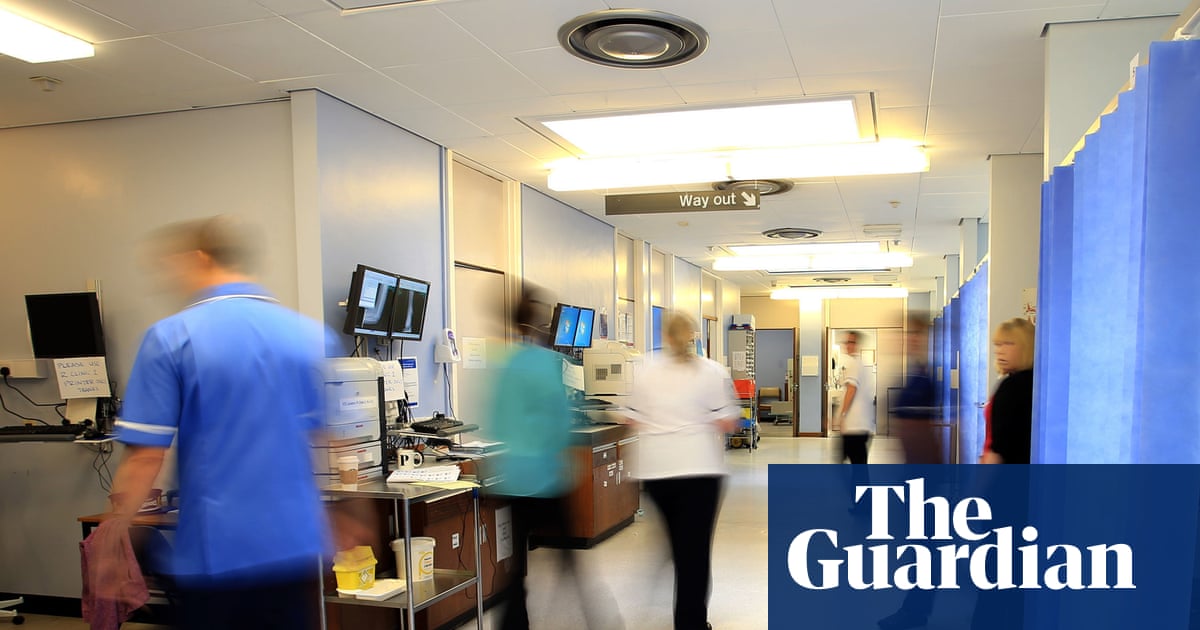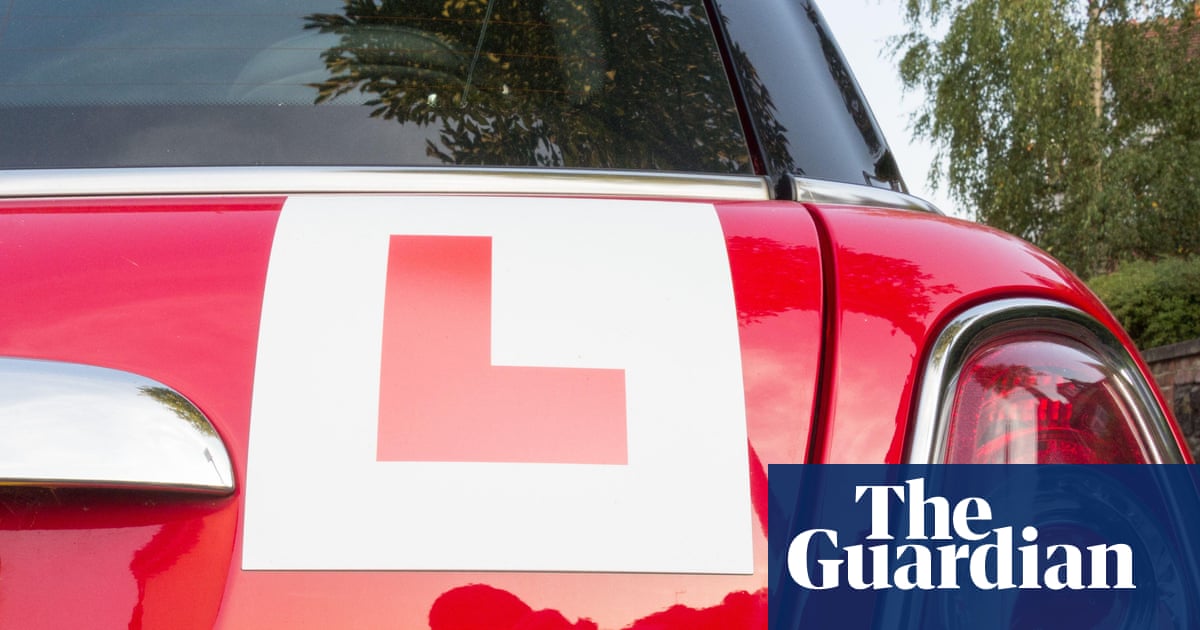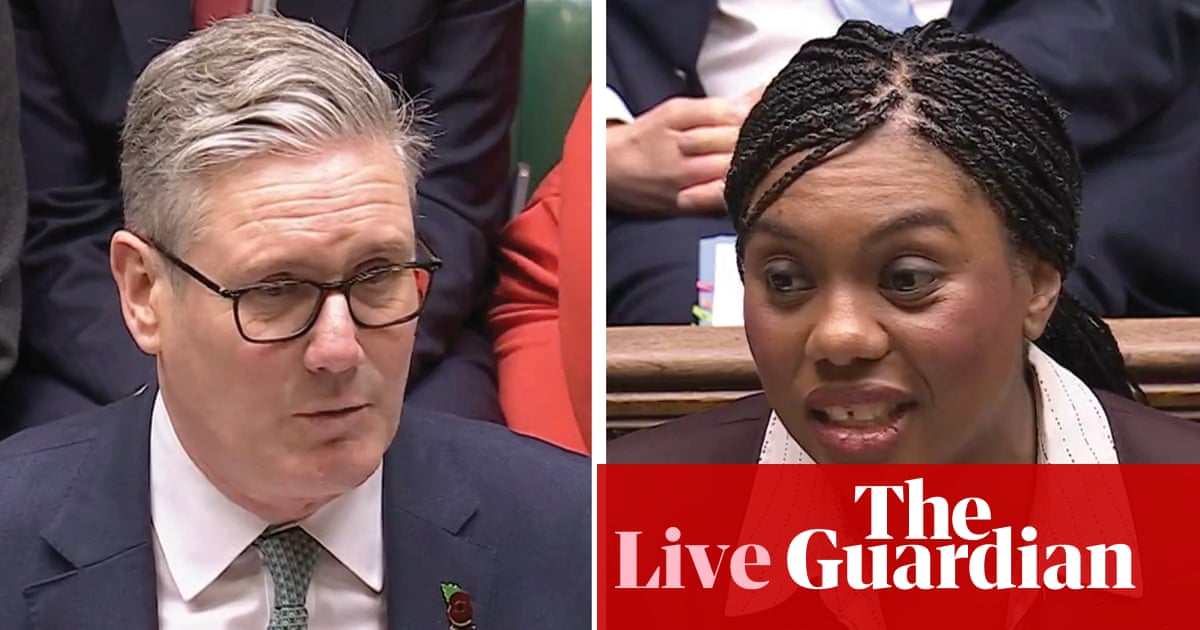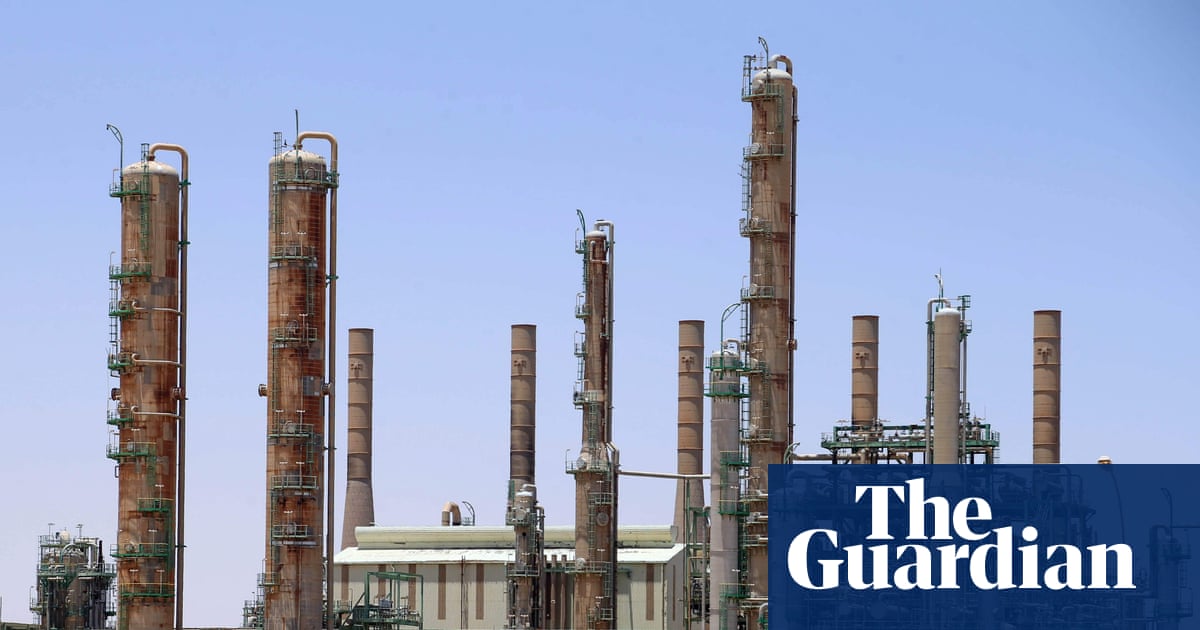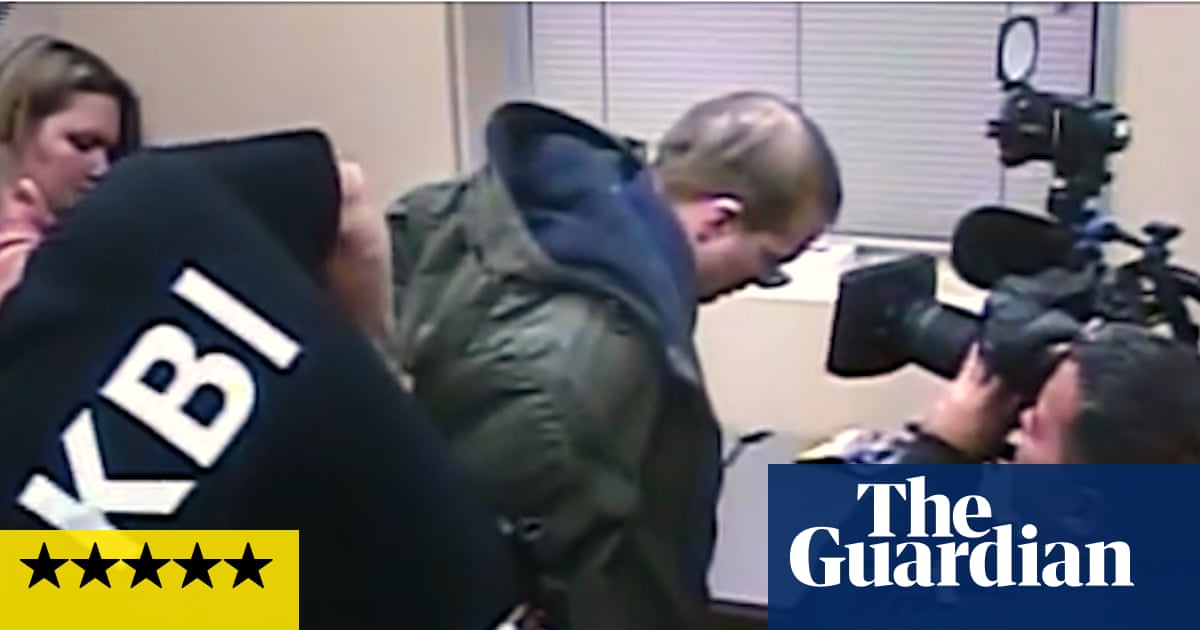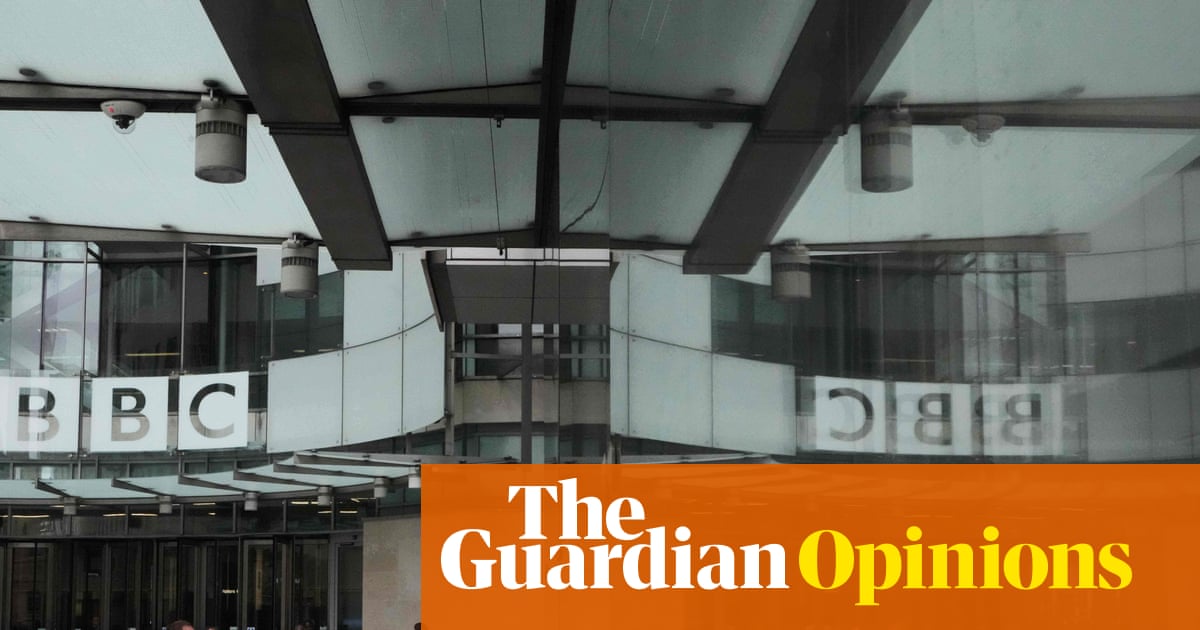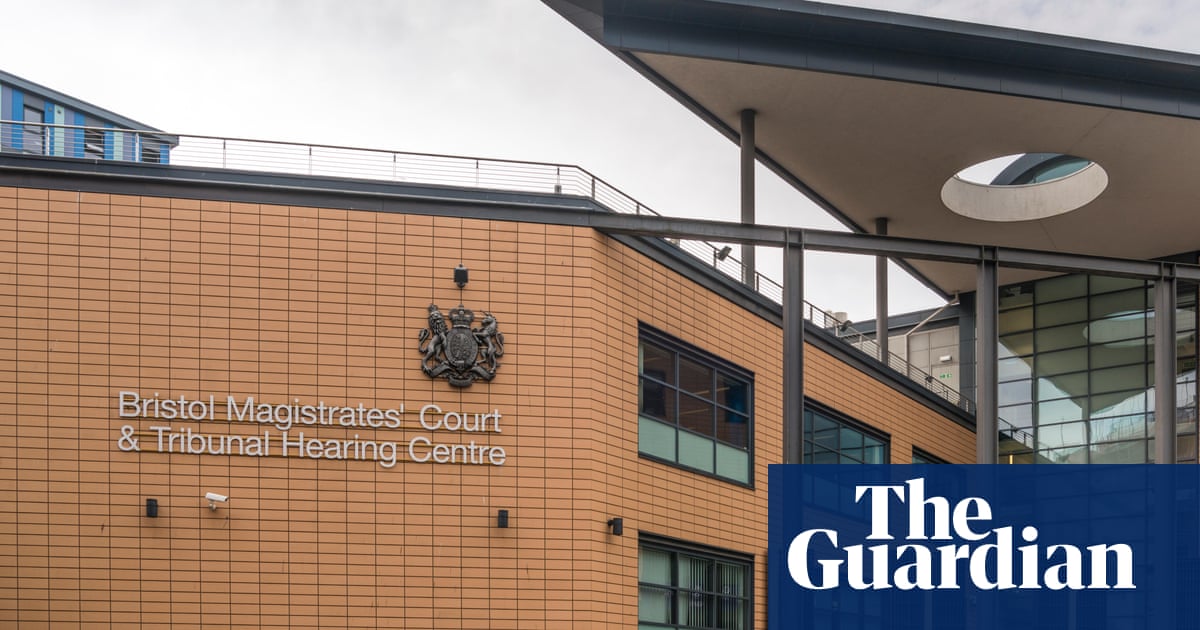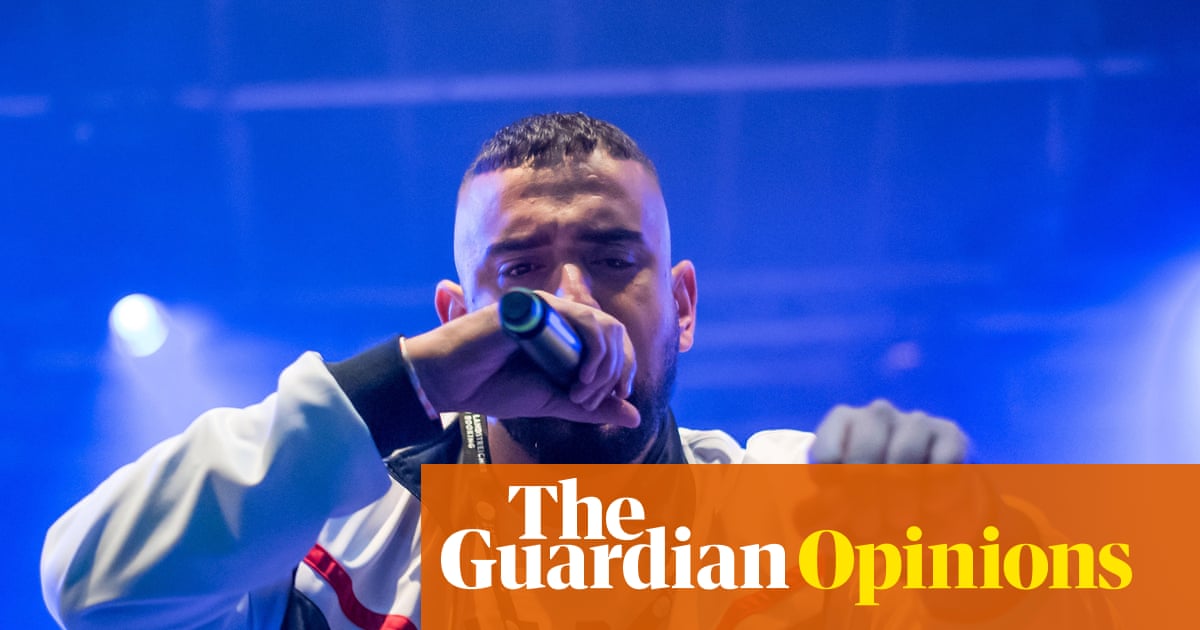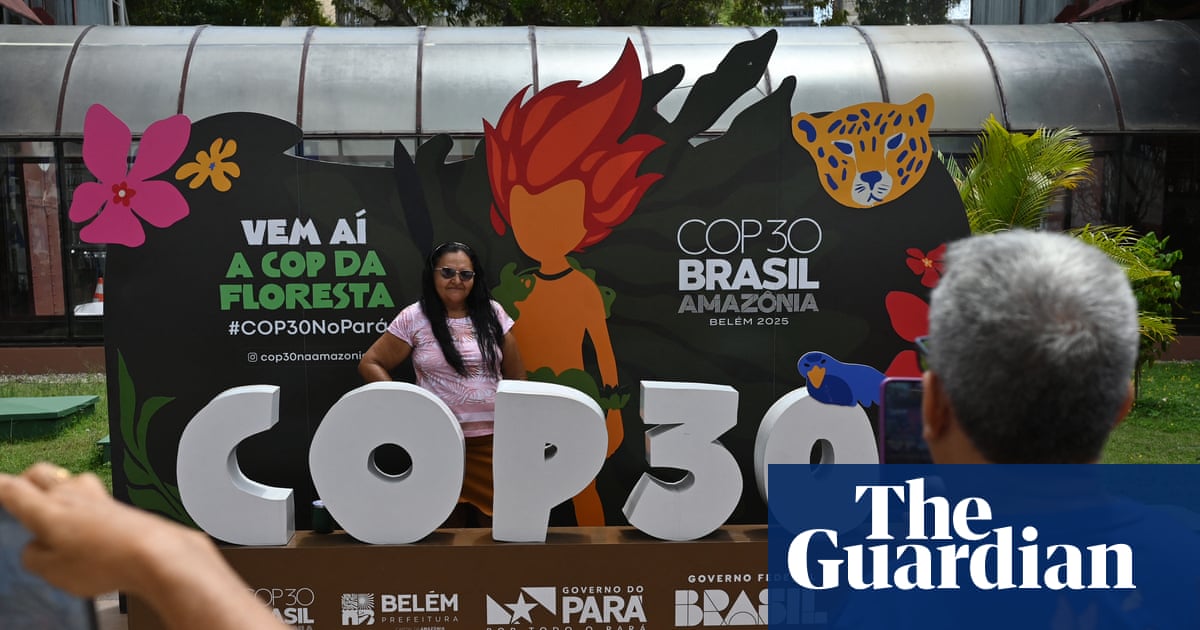-
Location Pantanal, Brazil
-
Disaster Wildfires, a number of years
Abbie Martin splits her time between captaining a boat in the Virgin Islands and doing research in Brazil’s Pantanal, a region that includes the world’s largest tropical wetland and where she founded the Jaguar Identification Project. Fires in the Pantanal have reached new extremes, killing at least 17 million vertebrate animals and burning 27% of the vegetation cover in 2020. Climate breakdown made the Pantanal drier between 2001-21, increasing the occurrence of above-average fires in the region.
I’m usually down in the Pantanal during the dry season – jaguar season – when everything’s just holding on, waiting for the first rains. From December to April, the Pantanal, the world’s largest wetland, is flooded. The water is crystal clear, it’s green, lush and beautiful. Then in June, the drought starts. Everything’s brown. There’s a mark left on all the trees of where the water level was. Everyone is congregated next to the major water sources, including jaguars.
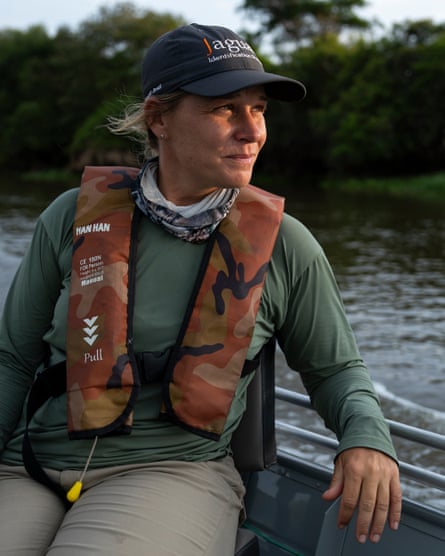
I’ve seen jaguars flipping around capybaras, jumping from trees for caimans. The encounters that always stuck out to me are the mum and cub because the mother is a cold-blooded killer. Then, when she’s next to her baby, she turns into this loving “will do anything for her cub” type.
In June 2020, the middle of the Covid lockdown, when I was living on this boat in the middle of the Caribbean, the worst mega-fire hit. I couldn’t go there. I couldn’t help. My friend Duda told me everything was burning. Her husband’s dad owns the jaguar ecological reserve. She was sending me videos of wildlife running from the fires. There was a Nasa map and you could see this massive fire 25 miles (40km) long. My boyfriend brought me to hospital because I was having a panic attack. I thought I was having a heart attack.
My friend and I decided to raise money with GoFundMe. We send $90,000 (£69,000) to a team of 15 or 20 volunteers who needed masks and proper fire-resistant clothing to protect the community village and research base.
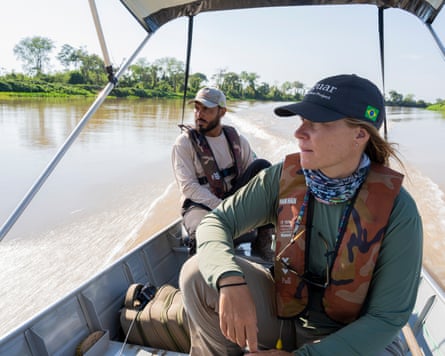
The fire burned for four months straight. It would stay down in the roots, and even though it looked like it was out, just a little wind and it would pop back up. The fire jumped the river, burned past the firebreak, and then jumped back over. They compared it to the devil, able to walk across the water, burn the forest and then come back behind them when they weren’t looking.
In October, they opened up the border. When I landed in [the Brazilian city] Cuiabá, the air was so hot it felt unbearable to breathe. The smoke was there. We drove through ash windstorms. You can’t see anything. Everything was gone.
All those trees that were so beautiful, burned. It looked like a bomb had dropped.
There was a lot of injured wildfire. When a fire is really big, all the animals find this small spot where it’s not burning. Then it burns and they all die together. You have a cemetery – howler monkeys, capuchins, coatis, birds and iguanas. Everyone in the area, dead together.
It was a huge relief when we saw all the cats. We were checking off the boxes like: “Oh my God, Patricia, she’s alive, and Medrosa.” They were all there. They’d survived. There was still life, there were still animals. The first rains came, and within days you started to see green. If you didn’t know what you were looking at, you couldn’t even tell it had burned.
The next year, I was at the reserve with Duda. The fires started. You’d wake up in the morning, and the first thing you would smell was smoke in the room. You could taste it. You opened the door, you couldn’t see more than 10 metres (30ft). How was this happening again?
The fire was burning really close to the jaguar lodge. The people who were fighting the fires were the people who took care of the garden and brought in the cows. They weren’t firefighters. We were like: “What? We’re going to sit back and not do anything when this is a moment to act?”
We went with this farmhand to an area where bulldozers were working on making this firebreak. You cut down a big opening of forest and when the fire comes to that edge, you’re ready to fight it. When the fire starts to jump, you put it out. You keep putting it out until it dies. It was like war. Duda and I were riding on the top of this water tank being pulled by a tractor. It was me, Duda, one of my volunteers, and this little 12-year-old son of the guy driving the tractor.

The truck got stuck in the mud. The water was too heavy. We didn’t have radios. No one was working. No one was out there. We were just stuck. There was a huge fire near us. We could see the ash falling. We knew it was coming. We could feel it. The farm owner showed up in his truck. We drove towards where the guys were working the firebreak. We hopped out of the truck with these big rubber mats you use to hit fire.
It was getting hotter. The fire was picking up. The bulldozers needed to stop because they couldn’t work fast enough to make this make sense any more. We could see the fire creeping up. Looking over, this little boy was hitting this fire. He shouldn’t have been here. It wasn’t right. We were like: “Let’s get out of here.”
We were in the back of the farm owner’s truck. The fire was coming over the top. It was right on the tyres of the bulldozers now. There’s fire all around us. This was it. We’re going to explode. We’re going to die. The guy drove through the fire. We got ourselves out of there.
About the series
This is climate breakdown was put together in collaboration with the Climate Disaster Project at University of Victoria, Canada. Read more.
Production team
We had fires for about a month and a half that year. My volunteers were going on these firefights. They’d come back covered in soot and completely defeated. The area that burned doesn’t get as much moisture. All those trees, they’re dead. You can tell that area took a huge beating. You can see the scars of that fire.
The fires aren’t going anywhere. It’s a combination of factors. It’s natural cycles. It’s political, the livestock industry is responsible for fires in the Pantanal, opening up the land for cattle. It’s climate change. It’s getting worse.
I remember the jaguars Duda and her team rescued in 2020. Their first one was Ousado. He had third-degree burns on all his paws. The rehabilitation centre was able to treat his burns with stem cells. They ended up taking him back to the Pantanal within 38 days.
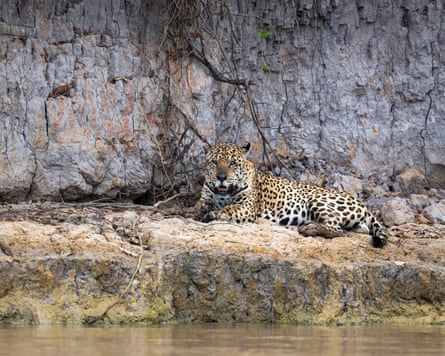
I was there when they released him. It’s been five years and he’s still there. He could have left. Everything he went through, everything we went through, and he’s still there. Every time I see him, every day he kills a caiman in front of tourists, I feel like he looks right in your soul. There’s a part of me thinks that if we would just leave nature alone, it would take care of itself.
Every year, there’s more jaguar cubs. Seeing those little cubs and those mums, if I could tell them what’s ahead. I’m sure their mums are preparing them for these situations. I don’t think they forget so easily. I’ve been next to a jaguar on the river when there’s a fire behind it. They know what to do.
They get down on the bank next to the water and lay there. If they can get to the river, they can survive. That’s the important message behind it all. The river is the key. It’s the last ecological refuge we need to protect. It’s what’s keeping all the other animals safe. As long as that river keeps flowing and the water is there, I know the jaguars are smart enough. They can survive.
This testimonial was produced with the help of the Climate Disaster Project; thanks to Sean Holman, Aldyn Chwelos, and Morgan Krakow.
-
Design and development by Harry Fischer and Pip Lev.

 1 hour ago
5
1 hour ago
5

